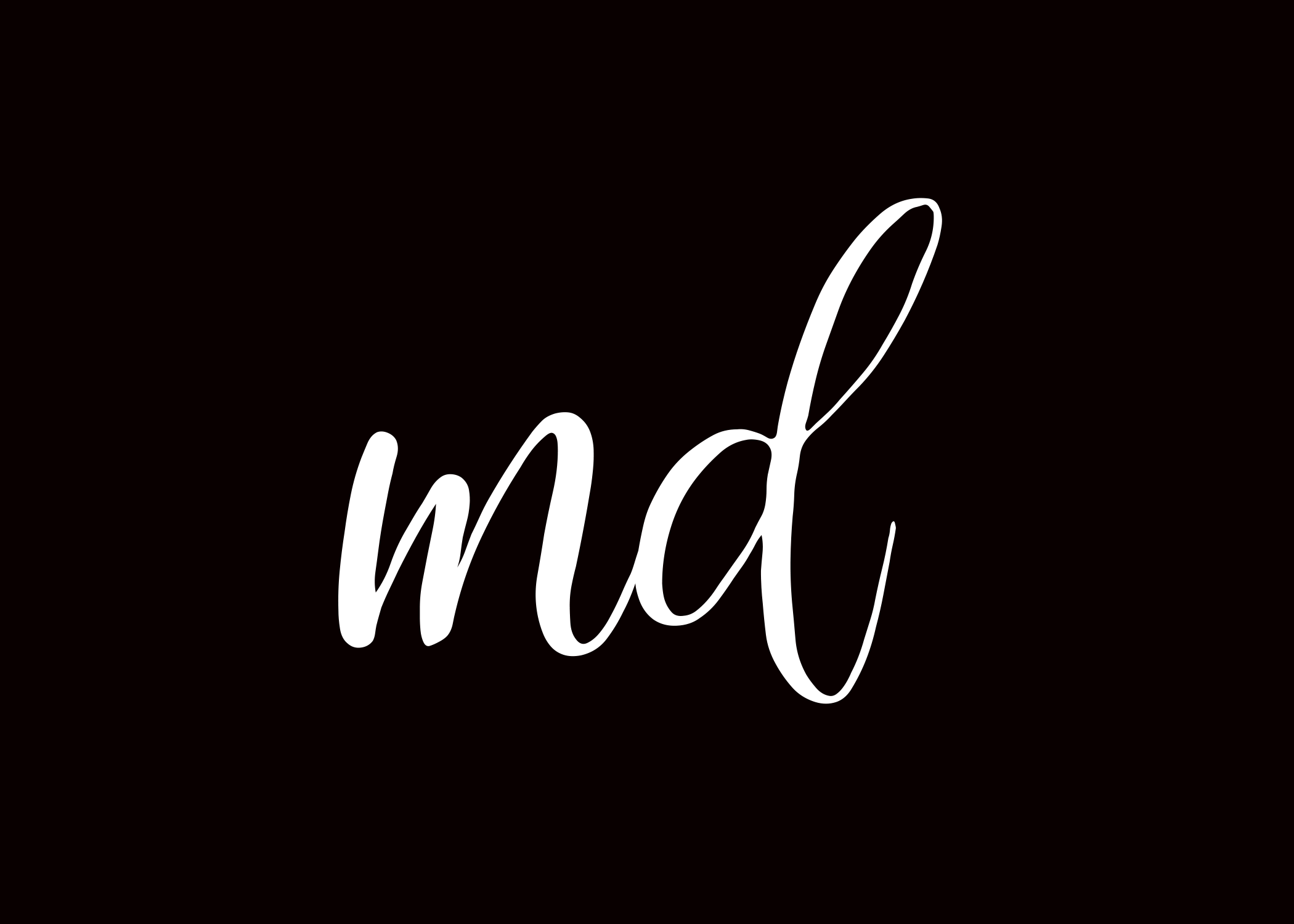Historical Facts You Need To Know Regarding The Origin Of Makeup

Ever wondered how and for what reasons makeup became an unavoidable routine of people’s lives? When did humans begin wearing it and for what reasons? How did beauty standards change through the years? To know the answer to these questions, and more, today we’re diving into the beginnings of makeup usage. Used to enhance or alter the appearance nowadays, back then it was used for more purposes than this. The origin of makeup dates back to 164,000 BC.
Makeup Origins
In a South African cave, archaeologists found 164,000-year old makeup evidence. The makeup, consisting of 57 pieces of ground-up rock that would have been reddish- or pinkish-brown, is called one of three hallmarks of modern life found at the site, and is one of the earliest hints of “modern” living. Believing that modern living began approximately 40,000 to 70,000 years ago, scientists believe that previously humankind of this time period was not advanced to this level of showing this type of behavior.
First traces of makeup let us know that humans painted their bodies using plant and earthen mater. Decorations were sometimes tentatives of imitating nature [e.g. animals]. Other times the patterns were from natural formations. Some of the most innovative ideas and techniques of makeup are found among the Ancient Egypt culture. Both, women and men in Egypt, used makeup. Actually, a crucial part of Egyptian hygiene and health integral, is cosmetics.
By making creams and oils from animal fats, they kept their skin soft from the desert environment. They were known for making perfumes, too. Scents came from flowers and wood from trees like iris, henna, rose, lilies, sandalwood, myrrh, and frankincense. The ancients even painted their nails and dyed their hair. Burnt matches were used to darken their eyes and fruits such as berries were important in staining their lips.

shutterstock
Throughout Centuries
Records of makeup and cosmetics are found in 3000 BC in Chinese culture as well. Using products such as gum Arabic, gelatin, beeswax, and egg Chinese people begin to stain their fingernails with. Each color had a meaning. It was used to represent social class: Gold and silver colors were worn by Chou dynasty royals. Subsequent royals wore black or red. Bright colors were forbidden to be worn by lower classes.
In Ancient Greece also, cosmetics and makeup were an important part of beauty maintenance. Women used chalk and white lead to lighten their skin. To darken their eyes a lot of women would use eyeliner made with olive oil and charcoal. In many lotions and health-care products, both honey and olive oil were used.
There have been many artifacts which show the usage of cosmetics in Ancient Rome too. Native Roman women weren’t naturally fair-skinned. In order to fit their model of beauty, they spent their time outside with oils on their faces, requiring whitening makeup. Roman men dyed their hair blonde. To treat their pimples, people put barley flour and butter. For fingernails polish, they used sheep fat and blood. In addition, mud baths come into vogue, and some Roman men dye their hair blond.

shutterstock
1850 AD is the date up to which it was completely socially acceptable for both men and women to wear makeup. George IV (King of the United Kingdom of Great Britain and Ireland) spent fortunes on powders, pastes, and scents. But, some men began to see the wearing of makeup as a sign of social indifference to the working classes. Then many looked upon a man with rouged cheeks as a dandy.
Makeup was abhorred by Victorians and its use was associated with prostitutes and actresses (at the time many considered them the same.) Visible hints of makeup interfering with one’s natural color would be looked upon with scornfulness. A respectable woman of that time would use home-prepared face masks. Most of these masks were food based, such as oatmeal, egg yolk, and honey.
Modern Makeup
1900 AD is the period of time when colorful makeup begins to resurface. Natural tones were accepted to give a healthy, pink-cheek look, even though full makeup was still seen as sinful. The following years afterwards, totally changed and shaped differently the usage of cosmetics.
Cosmetic salons started becoming a trend, and the first liquid nail polish, several forms of modern base, powdery blushes and the powder compacts got introduced.
One of the most remarkable products which made a turn in cosmetics commodity is Zinc oxide. Zinc oxide is used in a wide range of cosmetics and personal care products including makeup, baby lotions, bath soaps and foot powders. It is used as a bulking agent, a colorant a skin protectant in over-the-counter (OTC) drug products and as a sunscreen. Make-up products for men become more available too, though the stigma around this is still being fought.

shutterstock
Estimated sales of the worldwide cosmetic market hit €200 Bn in 2017.
History never fails to impress us, right?
(Similar Reads: Are All Of These Celebrities “No-Makeup” Photos Actually Bare-Faced?!)
